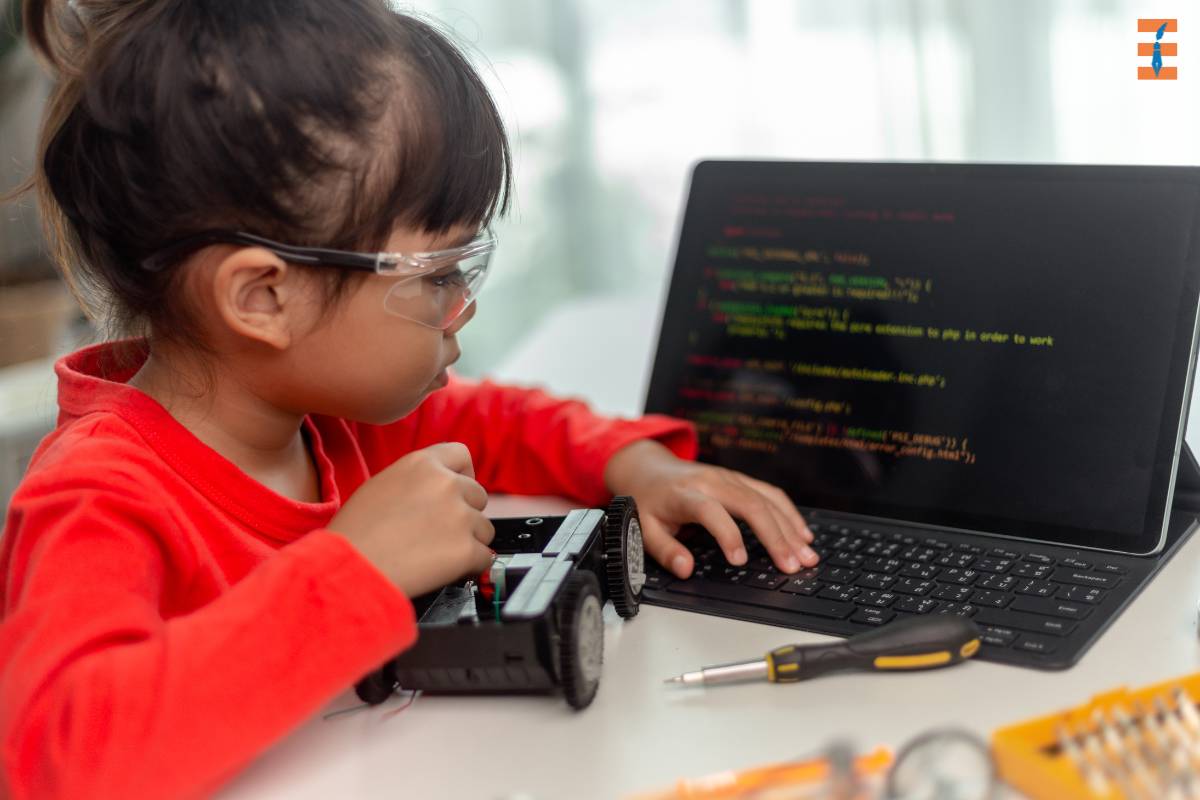Artificial Intelligence (AI) has made significant strides in various fields, including education. AI tools have the potential to revolutionize the way students learn and teachers teach. These tools offer personalized and data-driven approaches to education, ensuring that students’ diverse needs are met effectively. In this article, we will explore five key ways AI tools can be harnessed to meet student’s needs in a more customized and engaging manner.
Here are 5 ways to use AI tools to meet students’ needs:
1. Personalized Learning Paths

One of the most significant advantages of AI tools in education is their ability to create personalized learning paths for each student. Traditional one-size-fits-all teaching methods can be less effective, as students have unique strengths and weaknesses. AI can analyze a student’s performance, learning style, and interests to tailor educational content and pace accordingly. For example, AI-powered platforms like Khan Academy and DreamBox provide students with interactive lessons and problems. These platforms adapt the difficulty level based on student’s performance, ensuring that they are always challenged but not overwhelmed. This customization meets the student’s needs and boosts their engagement and motivation.
2. Intelligent Tutoring Systems
AI-driven intelligent tutoring systems can offer real-time support and guidance to students. These systems use algorithms to understand where a student might be struggling and offer targeted assistance. They can explain complex concepts, provide additional practice problems, and track progress. Carnegie Learning’s MATHia, for instance, is an AI-based tutoring system designed to help students with mathematics. It offers feedback and guidance at the individual level, adapting to each student’s strengths and weaknesses. By providing immediate support when needed, these AI tools can help students overcome challenges and perform at their best.
3. Enhanced Accessibility

AI tools can make education more accessible for students with disabilities. They can provide speech-to-text and text-to-speech functionality, making written materials more accessible to students with visual or auditory impairments. Additionally, AI can adapt content to meet the specific needs of different learners, whether they have dyslexia, ADHD, or other learning challenges. The TextHelp Read&Write software, for example, leverages AI to provide text-to-speech and word prediction features that assist students with reading and writing difficulties. By doing so, these tools ensure that every student, regardless of their individual needs, can access educational content effectively.
4. Efficient Assessment and Feedback
AI tools excel in data analysis, making the assessment and feedback process more efficient and insightful. They can automatically grade assignments, track student progress, and generate detailed reports. This reduces the administrative burden on teachers, allowing them to focus more on teaching and less on paperwork. Furthermore, AI tools can provide instant feedback to students. This immediate feedback loop can help students understand their mistakes, learn from them, and make necessary improvements. ALEKS, an AI-driven assessment and learning platform, offers adaptive assessments and feedback to students to identify their strengths and weaknesses, guiding them toward a more tailored learning experience.
Moreover, AI-driven assessment tools can provide instant, personalized feedback to students. This immediate feedback loop is highly beneficial as it helps students understand their mistakes, encourages self-correction, and promotes a deeper understanding of the material. Additionally, the ability to receive feedback in real-time ensures that students can address their misconceptions promptly, leading to improved learning outcomes.
5. Predictive Analytics for Early Intervention

AI tools can also be leveraged for predictive analytics, which can play a vital role in early intervention for students who may be at risk of falling behind or struggling in specific subjects. By analyzing historical and real-time data on student performance and engagement, AI can identify patterns and provide valuable insights to educators. For example, in higher education, Learning Management Systems (LMS) like Blackboard and Canvas incorporate predictive analytics to identify students who may need additional support. By tracking engagement and performance data, these systems can alert instructors to students at risk of dropping a course or underperforming. This early intervention allows educators to reach out to these students, provide assistance, and offer guidance, ultimately improving retention rates.
Furthermore, predictive analytics can be applied to plan more targeted and efficient interventions. By identifying trends in student data, educators can develop tailored strategies for individual students or groups, addressing their specific needs and challenges. These interventions may include additional resources, one-on-one support, or modified teaching approaches.
Conclusion
AI tools offer a wide range of benefits in education, and their capacity to meet students’ needs in innovative and personalized ways. By employing AI for personalized learning paths, intelligent tutoring systems, enhanced accessibility, and efficient assessment educators can create a more inclusive and effective learning environment. It’s important to recognize that integrating AI tools in education is not a replacement for educators but a valuable complement to their expertise. The combination of skilled teachers and AI technology can enhance the educational experience, ensuring that the diverse needs of students are met effectively.
As technology continues to advance and the education landscape evolves, harnessing the potential of AI in education is essential. This dynamic approach not only meets the needs of students but also equips them with the skills and knowledge necessary for success in an increasingly technology-driven world. In the pursuit of educational excellence, AI tools stand as powerful allies, guiding students and educators toward a brighter and more inclusive future.

